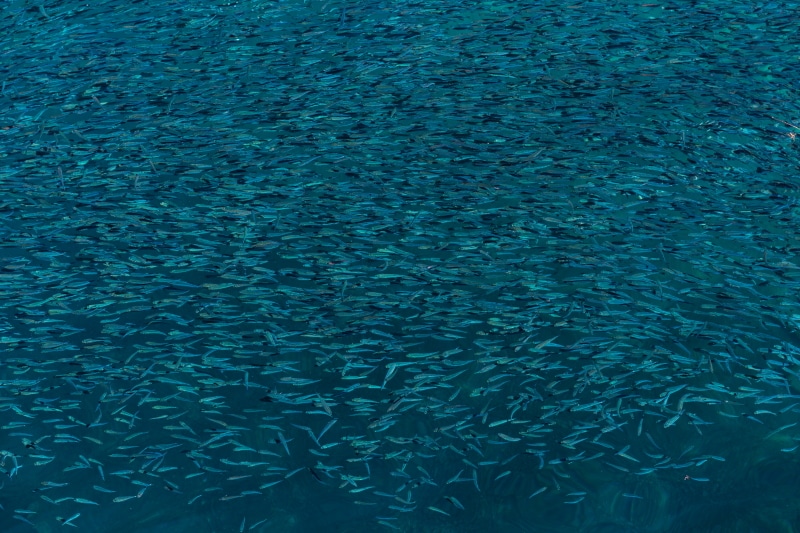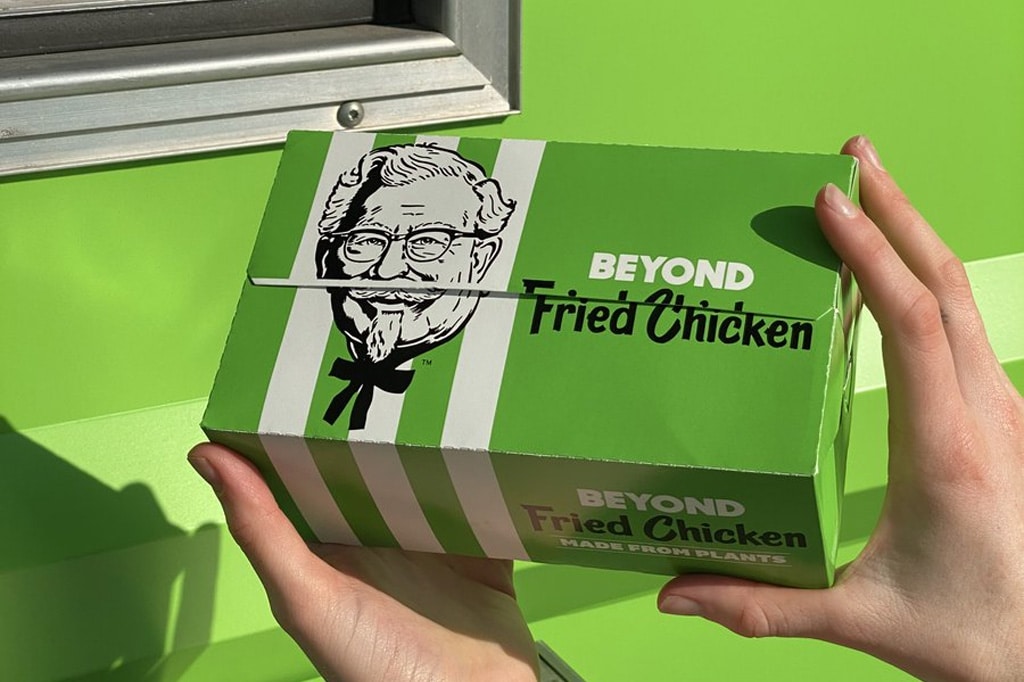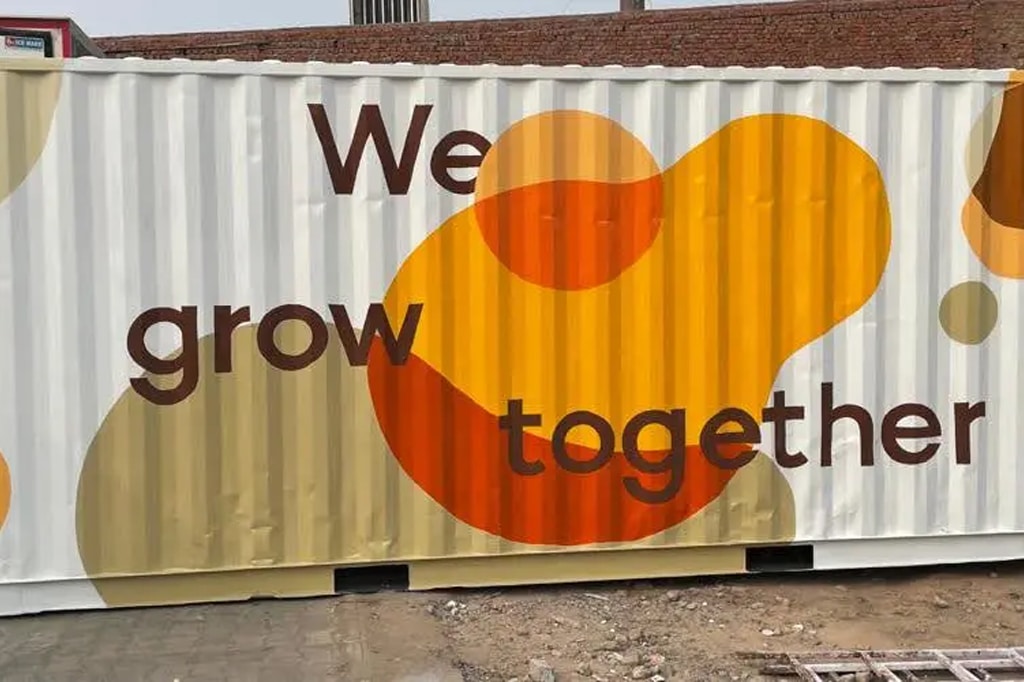Food technology businesses have figured out how to manufacture fish-free products.
In the United States, more than three billion fish and more than 43 billion shellfish have already been killed for sustenance this year. This already seems unintelligible, yet this is only the tip of the iceberg. According to global estimates, up to 2.7 trillion wild fish are taken and murdered annually. As many as 167 billion fish are farmed.
This is not only cruel (science demonstrates that fish suffer and perceive pain) but also unsustainable. According to WWF, ocean biodiversity is declining due to overfishing, which occurs when we fish faster than the population can sustain. A planet with fewer fish is not just depressing, but also perilous.
Marine animals contribute to the health of the oceans by filtering contaminants from the water. As an example, we already know that overfishing causes hazardous algal blooms. Fish are also an essential component of ecosystems; sea lions, narwhals, beluga whales, marsh crocodiles, and emperor penguins are examples of piscivores, or animals that primarily eat fish.
But a world where the oceans are perpetually in peril need not be in our future. Recent advances in food science threaten to permanently alter our eating habits.
Fish food technology
The German-based food technology business Bluu Seafood has introduced two new products: fish sticks and fish balls. So yet, nothing unusual has occurred. Bluu Seafood’s fish were created in a laboratory, even though they appear identical to typical Birds Eye-style products.
Similar to the rest of the cultured meat sector, Bluu Seafood begins by obtaining animal cells. This occurs only once. Next, the fish cells are multiplied and fed nutrients in a bioreactor before being grown on “scaffolding” resembling fish. The outcome is meat that appears and tastes identical to that of conventional fish but without the huge murder.
a serving of fish balls
BlueNalu, a California-based cultured seafood startup, was created in 2017, and in January of this year, it reached an agreement with Food & Life Companies to develop toro, the belly region of bluefin tuna used in sushi. Additionally, in Singapore, Shiok Meats focuses on seafood. In 2020, it introduced the world’s first cultivated lobster meat.
However, Bluu Seafood is the first company to present its products in Europe, where regulatory approval for cultured meat is still waiting.
“After less than two years of operation, we can exhibit visible and edible effects,” claimed the company’s creator, Dr. Sebastian Rakers. “We are currently collaborating closely with regulatory authorities to clear the way for market launch and are concentrating on scalability.”
A necessary solution or a fallacy?
It appears to be the optimal solution. Specifically to the trillions of fish that are destroyed annually. But may laboratory-grown fish cells eventually replace the real thing? Some are dubious.
For instance, Pat Brown, founder of plant-based meat company Impossible Foods, argues that the entire market for cultured meat is not an economically viable answer to the challenges of the food system. Earlier this year, he told Plant Based News that he believed the entire industry to be a “total hoax.”
He continued, “This industry has been stating for the previous decade, ‘We’ll be on grocery store shelves next year,’ but it’s further away than ever.”
It is true that the cultured meat industry is still in its infancy and has met numerous challenges. The first cultured burger was not introduced until 2013, and it cost $330,000 to manufacture. However, the price has decreased significantly in less than a decade. Currently, a single cultured meat burger costs just under $10.
Moreover, businesses are demonstrating that this technology is scalable. This year, vegan egg firm Eat Just, which also has a cultured meat section, signed a contract to construct the largest cultured meat bioreactors ever constructed. The four-story-tall vats will be capable of producing up to 30 million pounds of cultured beef.
Plant-based Fish
Given his position, it is perhaps not unexpected that Brown supports the plant-based alternative market as the necessary transformation for the food sector.
And growth is also occurring there. Loma Linda, Future Foods, Quorn, Good Catch, Sophie’s Kitchen, and Gardein all produce vegan, plant-based alternatives to fish. Reportedly, Impossible Foods has also been developing plant-based fish for some time.
According to some estimates, the global market for plant-based seafood might reach more than $1.3 billion during the next decade.
But whether we get there through plant-based protein or through actual fish cells, one thing is certain: urgent change is necessary. Everything (and everyone) that lives in the waters is dependent on it.








